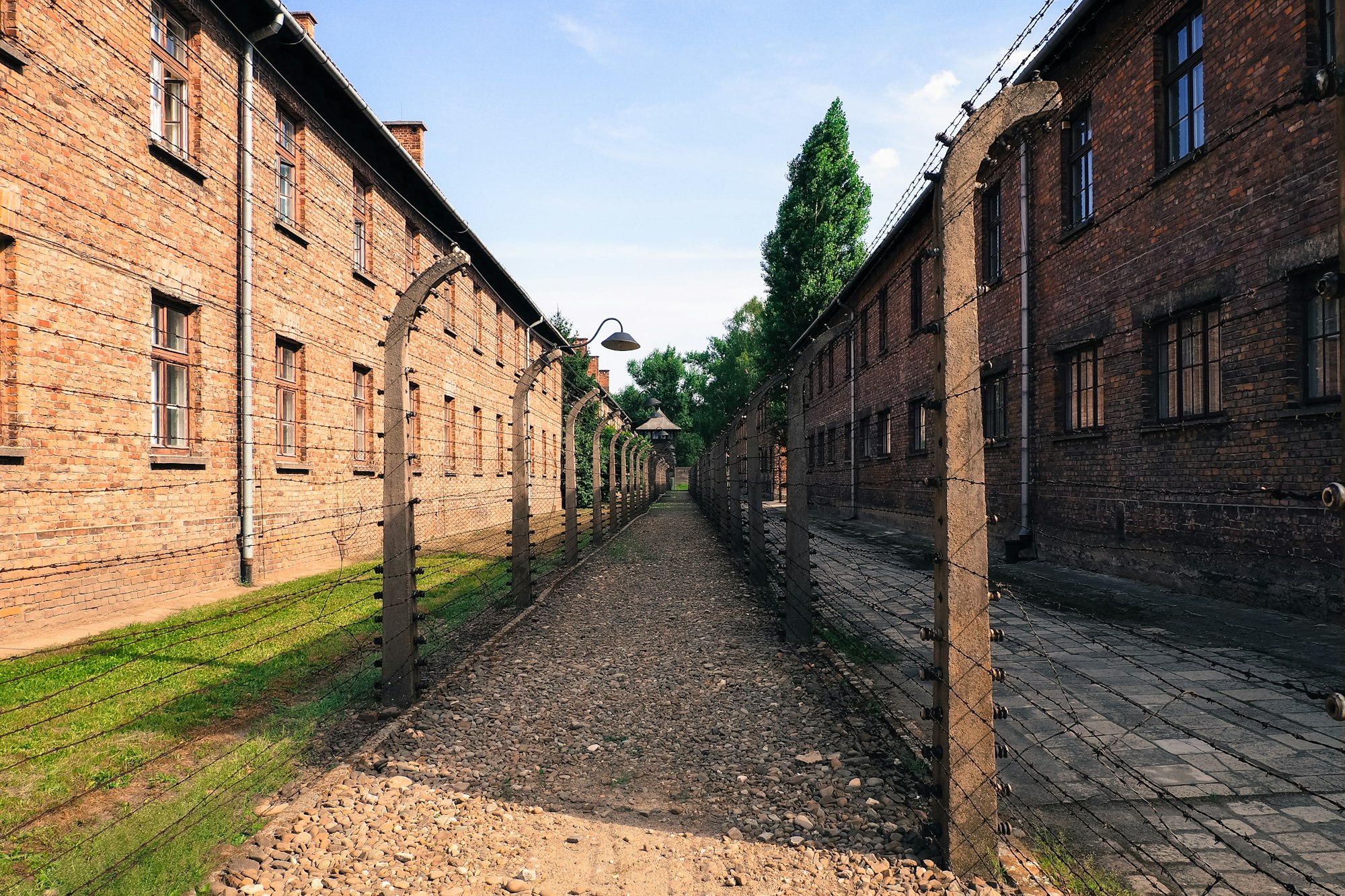Life and Fate Read Along, Part 2 Chapter 45

This post, covering Part 2, Chapter 45 is part of The Slavic Literature Pod’s chapter a day read along of Vasily Grossman’s Life and Fate. Learn more about our project here.
As a band plays, the Jewish arrivals are brought to the yard. An SS officer picks around thirty or so, destined to become prisoner-workers of some sort, and then leaves. The rest — thousands of people — have been condemned to the gas chamber.
There is nothing to say about the separations that happen here. “How can one describe that last, quick look at a beloved face?” the narrator asks us. How indeed? To try and describe this emotion would only cheapen it.
The narrator, too, has no answers for us. It only asks more questions, each more agonizing than the last. These questions probe emotions I do not know; I can only pray that I never will. There are no answers here. Our role is simply to witness.
We have previously discussed how Life and Fate goes to great lengths to portray the scale of the Holocaust without blinding its readers with pure numbers. It continuously reminds us of the value and loss of every individual life.
That balancing act grows only harder when it comes to the gas chamber. How do you resist dehumanizing descriptions of people in a machinery designed to strip their humanity from them? How can you convey the horror of Auschwitz, which murdered nearly a million Jews, over 200,000 other prisoners — Roma, Soviets, Poles, and people with disabilities? How can you even name that number without losing sight of the individual?










